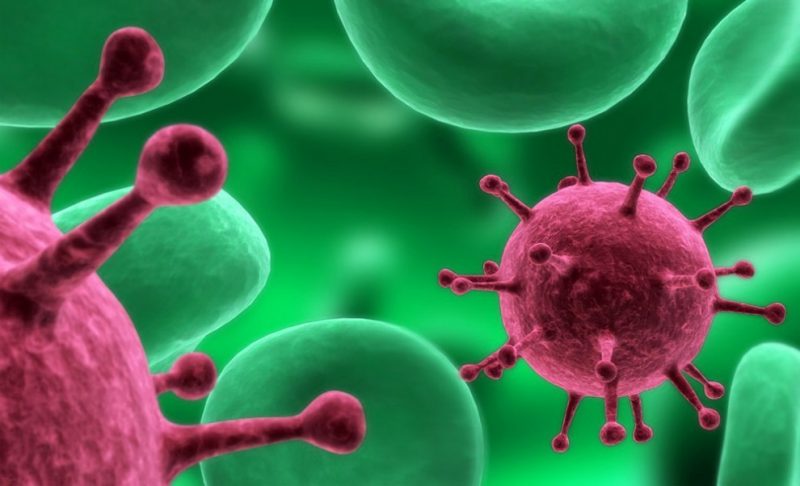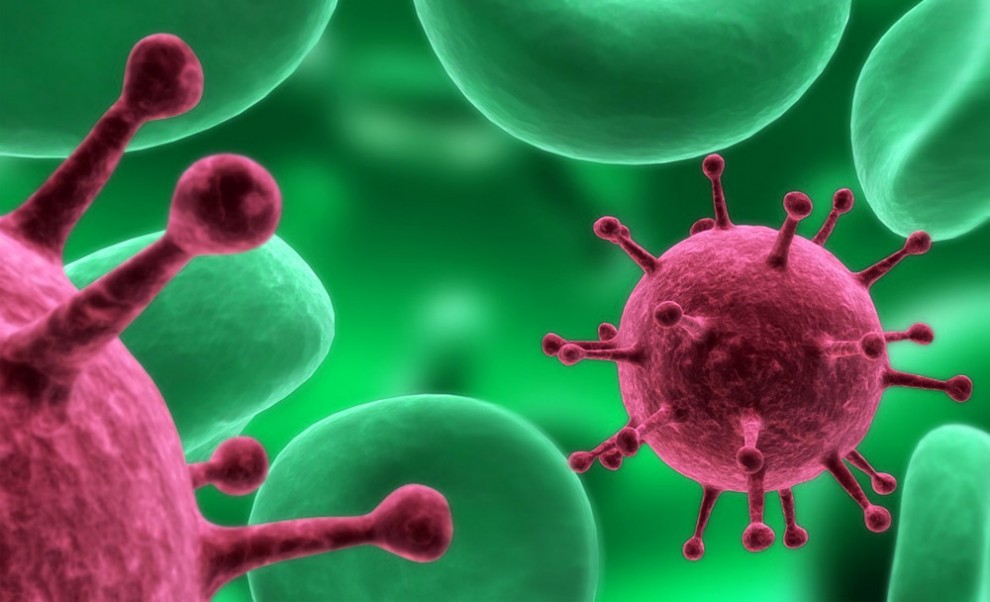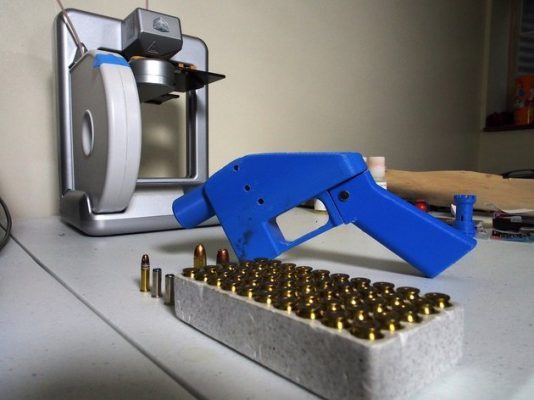Tumors to be Targeted and Treated with 'Smart' Nanoparticle


A team of scientists at University of Toronto has discovered an organic ‘smart’ biodegradable nanoparticle, named PEARL, that uses light and heat in a controlled manner to target and destroy tumors with bigger precision.
Current treatment of tumors with photo-thermal therapy is limited in its effectiveness due to two bottlenecks:
- The inability to eliminate larger tumors as the light stops traveling when it is absorbed.
- The overheating of tissue surrounding the tumor during treatment can cause collateral damage.
These bottlenecks could possibly be eliminated by using a newly discovered “smart” organic, biodegradable nanoparticle. The nanoparticle uses light and heat in a controlled manner and these features would make it possible to target and excise tumors with greater precision.
Researchers in the lab at the University of Toronto nicknamed the “smart” nanoparticle PEARLs. This stands for Photo-thermal Enhancing Auto-Regulating Liposomes. Dr. Zheng, a chemist and senior scientist on the research, states that the proof-of-concept findings using phantom models has shown that the use of PEARLs is a viable approach to boosting the clinical utility of photo-thermal therapy in cancer treatment.
The smart nanoparticle can absorb light, generate heat and ablate the tumor. As it is a thermal sensor, it becomes invisible once it reaches the desired ablation temperature of 55 degrees centigrade. This allows the light to move deeper into the tumor, reaching more areas and repeating the treatment process. The relatively low heat of the nanoparticle also eliminates the previous problem of overheating of tissue surrounding the tumor during treatment and thus causing collateral damage.
Pre-clinical studies are now planned in order to test the concept further and the full study has been published in the journal Angewandte Chemie International Editio.









